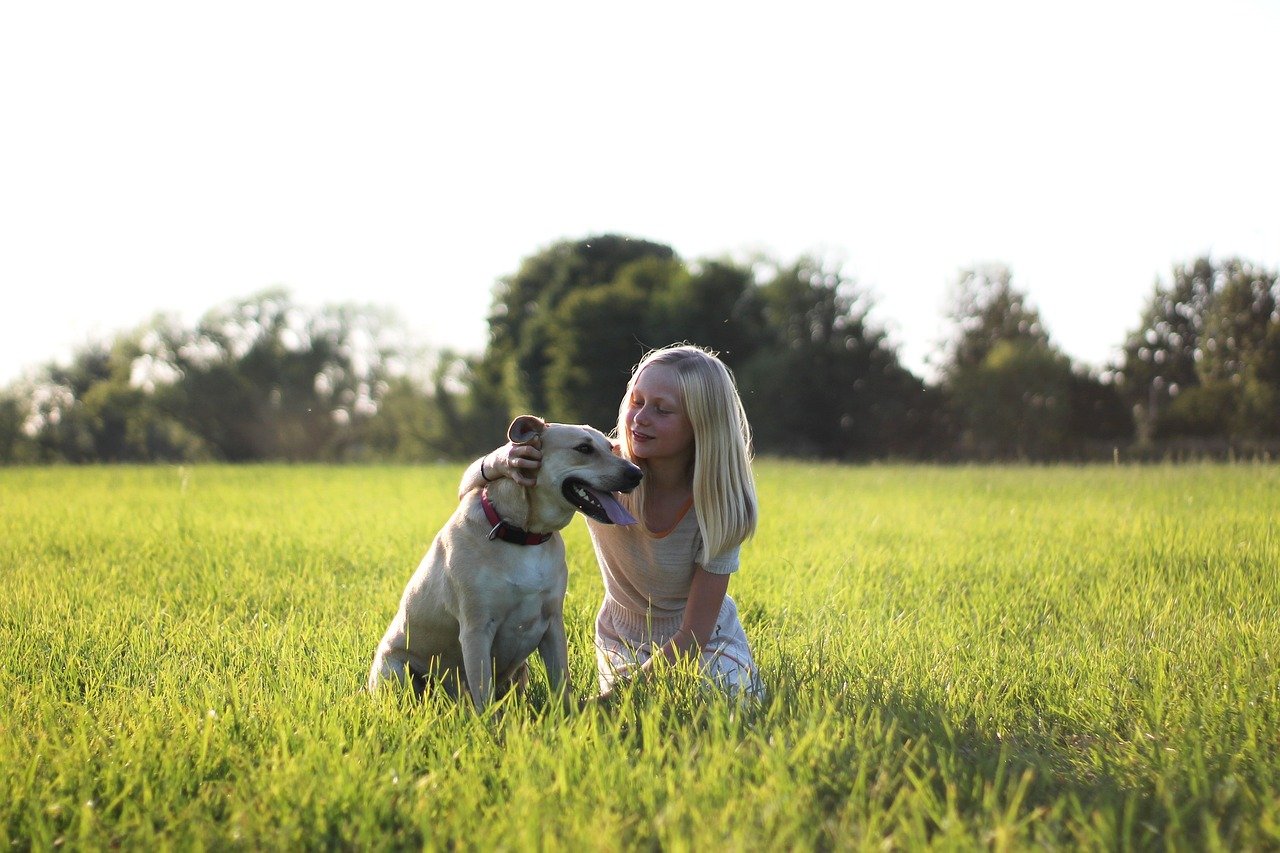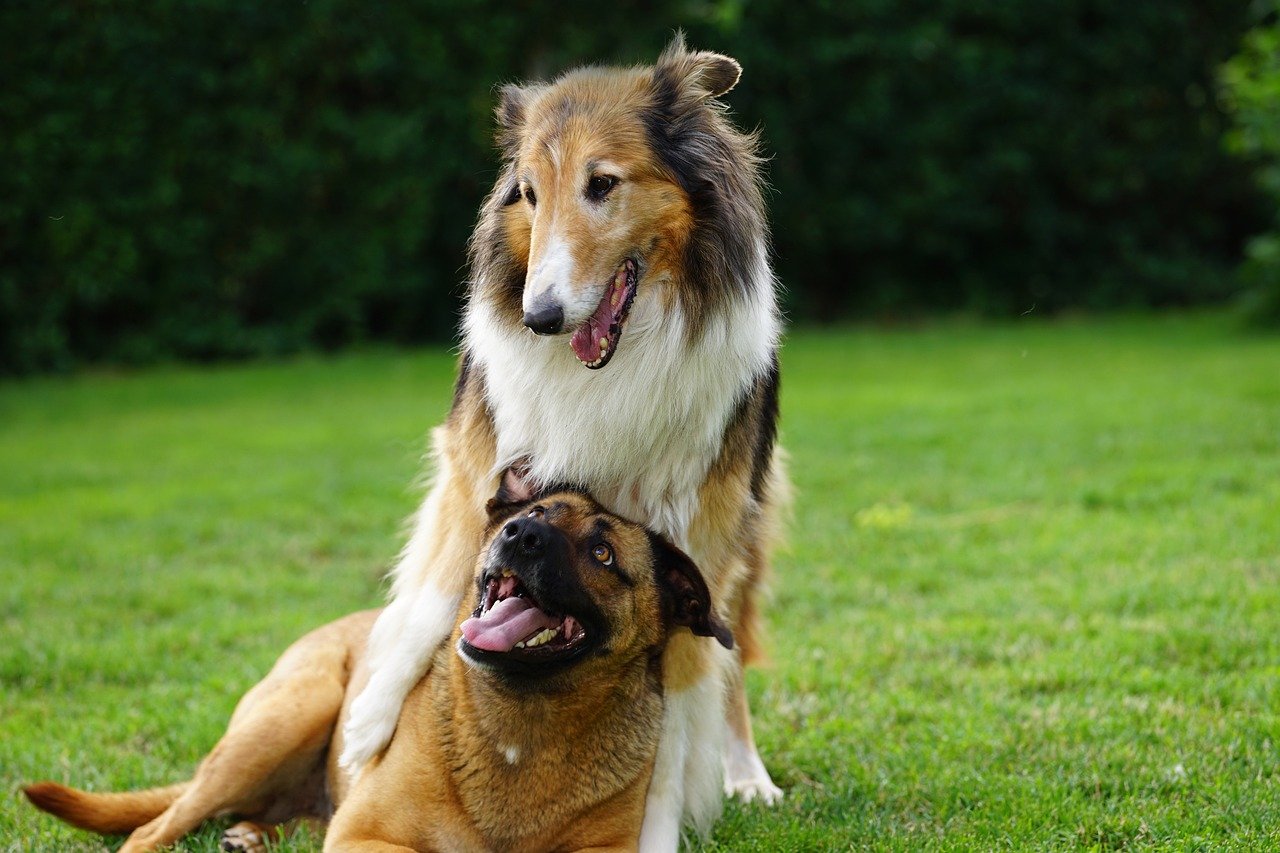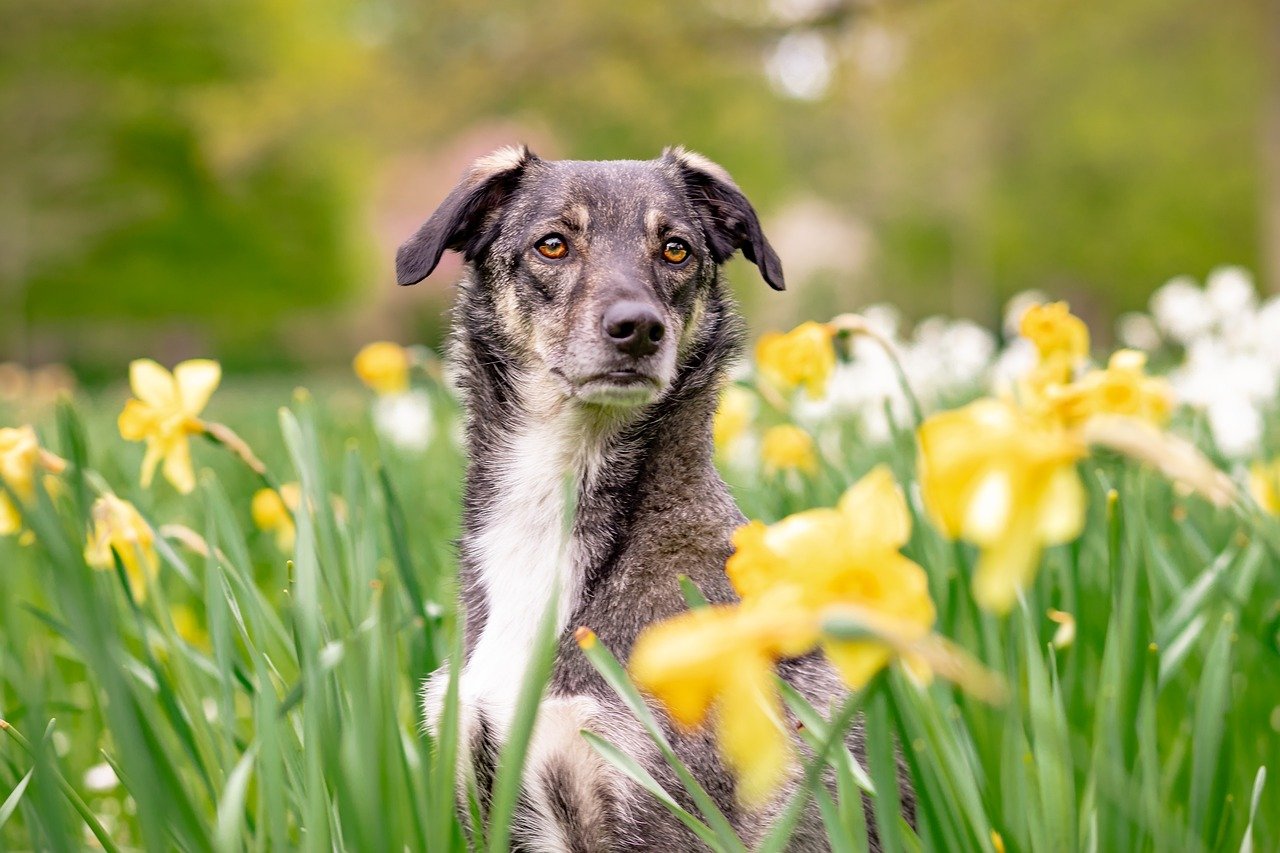Teaching children how to interact safely with dogs is essential for fostering a harmonious relationship between kids and their furry friends. Dogs can be wonderful companions, but it’s crucial to guide children in understanding canine body language and behavior. By doing so, we can prevent potential mishaps and ensure both children and dogs have positive experiences. In this article, we’ll explore 15 effective ways to educate children on safe dog interactions. With these tips, you can cultivate a nurturing environment that benefits both your child and your dog.
Understanding Dog Body Language
Children often view dogs as cuddly toys, but teaching them to recognize canine body language can prevent misunderstandings. Dogs communicate through their posture, tail wagging, and facial expressions. For instance, a wagging tail doesn’t always mean a dog is happy; it might indicate anxiety or nervousness. Encourage children to observe the dog’s ears, eyes, and mouth. A relaxed dog will have loose body language, while a tense dog may keep its ears back and eyes wide. By learning these cues, children can better gauge a dog’s mood and respond appropriately.
It’s also helpful to use simple analogies when explaining dog behavior to kids. For example, you can compare a dog’s growl to a sibling’s warning to “stop” during play. This makes it relatable and easier for them to understand. Reinforcing the idea that dogs have feelings just like humans can help children empathize and interact more respectfully.
Approaching Dogs Calmly and Quietly

Approaching a dog calmly and quietly is crucial in ensuring a safe interaction. Children are naturally energetic, but sudden movements or loud noises can startle a dog. Teach your child to walk slowly towards a dog, avoiding direct eye contact, which might be perceived as a threat. Show them how to extend their hand for the dog to sniff, allowing the dog to become familiar with their scent.
Using metaphors can help children remember these instructions. Tell them to think of approaching a dog like approaching a shy friend. If they’re gentle and quiet, the friend is more likely to feel comfortable. Practicing these approaches with stuffed animals or family pets can also make learning fun and engaging for kids.
Asking for Permission Before Petting
It’s important to teach children to ask for permission before petting a dog, even if the dog seems friendly. This reinforces respect and awareness of the dog’s personal space. Explain that just like some people prefer not to be hugged, some dogs might not want to be touched at certain times.
Role-playing scenarios can be an effective way to instill this habit. You can pretend to be a stranger with a dog, while your child practices asking, “May I pet your dog?” This not only teaches manners but also helps children understand that each dog has its own preferences and boundaries.
Recognizing Signs of Stress in Dogs

Helping children identify signs of stress in dogs is crucial for preventing negative interactions. Dogs may exhibit behaviors like yawning, licking their lips, or turning their head away when they feel uneasy. Teach your child that these are signals for the dog needing space.
An analogy that might help is thinking of these signs as a “yellow light” in traffic. It’s a warning to slow down and proceed with caution. Encourage them to inform an adult if they notice these signs, reinforcing that it’s okay to step back and give the dog some alone time.
Teaching Respect for a Dog’s Space

Respecting a dog’s space is fundamental in building a healthy relationship. Explain to children that dogs have their own personal zones, just like people. Areas like a dog’s bed or food bowl should be off-limits unless supervised by an adult.
You can relate this to a child’s own room, where they might not want others to enter without permission. By understanding and respecting these boundaries, children learn to treat dogs with kindness and consideration, reducing the risk of unwanted incidents.
Avoiding Rough Play

Children often enjoy playful activities, but it’s important to teach them that rough play can be harmful to dogs. Roughhousing can lead to accidental injuries or provoke defensive reactions from the dog. Demonstrate gentle petting and appropriate play techniques, like fetching a ball or using a toy.
Using metaphors such as comparing a dog to a delicate flower can help children appreciate the need for gentle handling. This approach not only ensures the dog’s safety but also fosters a compassionate attitude in children towards all animals.
Understanding Dog Communication

Dogs communicate in various ways, and understanding these signals can prevent misunderstandings. Teach children that barking, whining, or growling are forms of communication. Just as humans use words to express feelings, dogs use sounds and gestures.
Encourage children to observe and interpret these signals by comparing them to their own ways of expressing emotions. For example, a dog wagging its tail might be akin to a child smiling. This understanding helps children respond appropriately, ensuring a harmonious interaction.
Knowing When to Give a Dog Space

Teaching children when to give a dog space is vital for their safety and the dog’s comfort. Just like people need alone time, dogs also require moments of solitude. Explain that if a dog retreats to its bed or turns away, it might need some downtime.
A helpful analogy is to compare this to when a friend wants to be left alone after a tiring day. Reinforcing this understanding helps children respect the dog’s needs, fostering a peaceful cohabitation.
Recognizing Safe and Unsafe Interactions

Educating children on safe and unsafe interactions with dogs ensures their well-being. Teach them that pulling on ears or tails is never acceptable. Instead, show them how to softly stroke a dog’s back or gently scratch behind the ears.
Using simple comparisons like petting a dog as one would pat a soft pillow can help children grasp the concept of gentle interaction. Reinforcing these ideas through practice helps embed them in a child’s behavior, promoting positive experiences with dogs.
Encouraging Positive Reinforcement
Positive reinforcement can be a powerful tool in teaching children how to interact with dogs. Praise and reward your child when they successfully follow safe interaction guidelines. This not only boosts their confidence but also reinforces good behavior.
You can create a reward chart that tracks their progress in learning dog safety rules. This visual representation serves as motivation and emphasizes the importance of maintaining safe and respectful interactions.
Understanding Dog’s Basic Needs
Teaching children about a dog’s basic needs, such as food, water, and rest, fosters empathy and responsibility. Explain that just like people, dogs need to eat, drink, and sleep to stay healthy. Highlight the importance of leaving a dog alone while eating or sleeping.
Using a simple analogy, compare a dog’s needs to a plant that requires water and sunlight to grow. This helps children understand that meeting a dog’s needs is essential for its well-being and happiness.
Practicing Safe Greetings

Practicing safe greetings with dogs is essential for establishing trust. Demonstrate how to properly greet a dog by letting it sniff a hand before petting. Encourage children to use calm, soothing voices and avoid sudden movements.
Role-playing can be an effective way to reinforce this practice. You can take turns being the dog and the greeter, providing a fun and interactive way for children to learn the importance of safe greetings.
Recognizing Different Dog Breeds and Temperaments

Understanding that different dog breeds have varied temperaments can enhance a child’s awareness and safety. Some breeds are naturally more energetic, while others may be more reserved. Teach children to approach each dog as an individual, respecting its unique personality.
Using examples like comparing a playful Labrador to an energetic child and a calm Basset Hound to a quiet classmate can help children relate to different dog temperaments. This understanding fosters respect and reduces the chances of negative interactions.
Handling Fear of Dogs
Addressing a child’s fear of dogs is important for cultivating positive interactions. Encourage open discussions about their fears and reassure them that it’s normal to feel apprehensive. Gradual exposure to dogs in controlled environments can help build confidence.
You might compare overcoming fear of dogs to learning to ride a bike—scary at first, but manageable with practice and support. This approach helps children feel comfortable and safe around dogs over time.
Leading by Example

Children often learn by observing adults, so it’s crucial to model safe and respectful behavior around dogs. Demonstrate appropriate interactions and explain your actions to your child. Show them how to gently pet a dog, respect its space, and recognize its signals.
Encourage family activities that involve dogs, such as walking or playing fetch, to reinforce positive interactions. By setting a good example, you instill lifelong values of compassion and respect for animals in your child.
By following these 15 ways, you can equip your child with the knowledge and skills needed to interact safely with dogs. These guidelines not only ensure their safety but also foster a loving and respectful relationship between your child and their furry companions.





